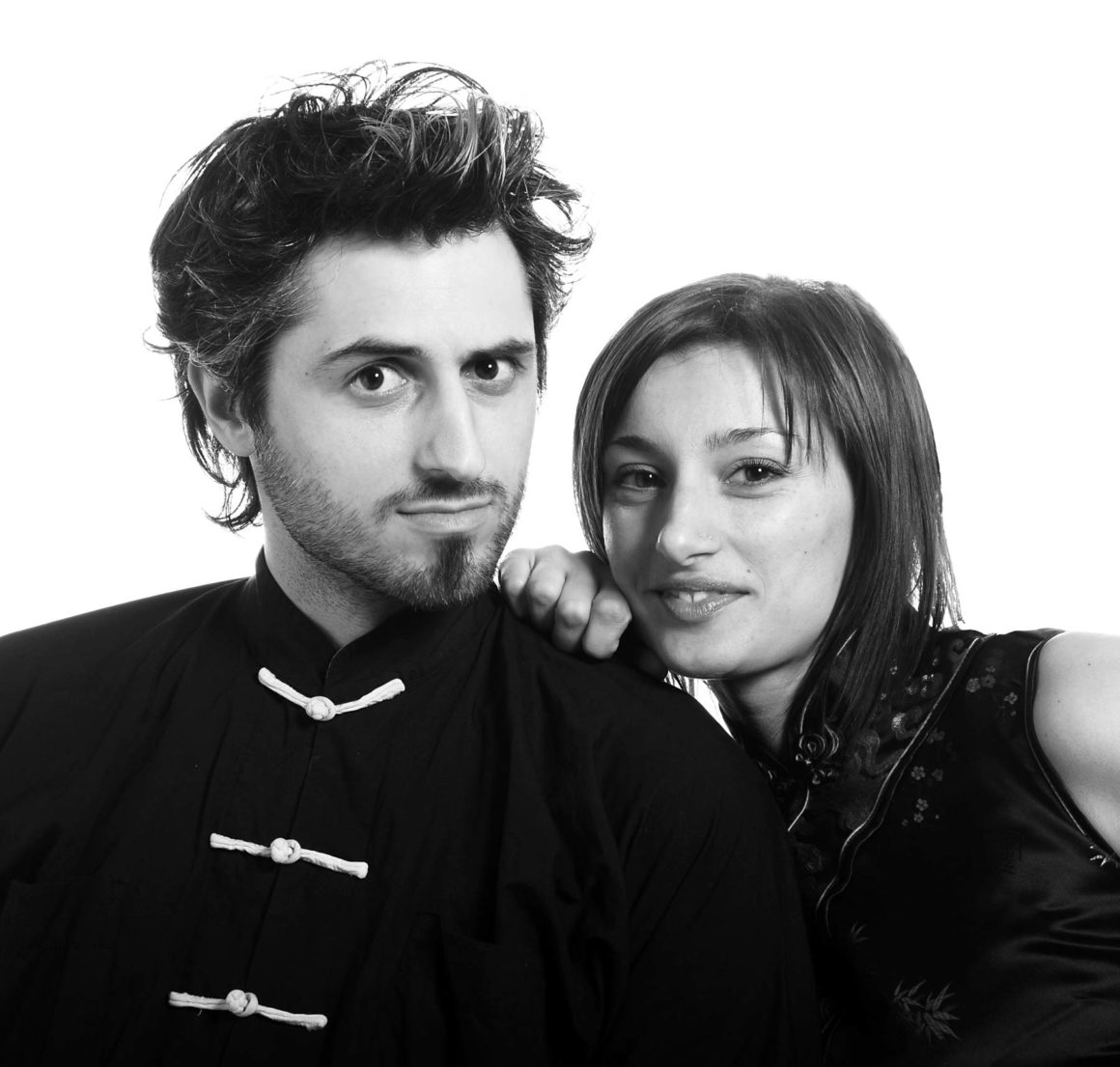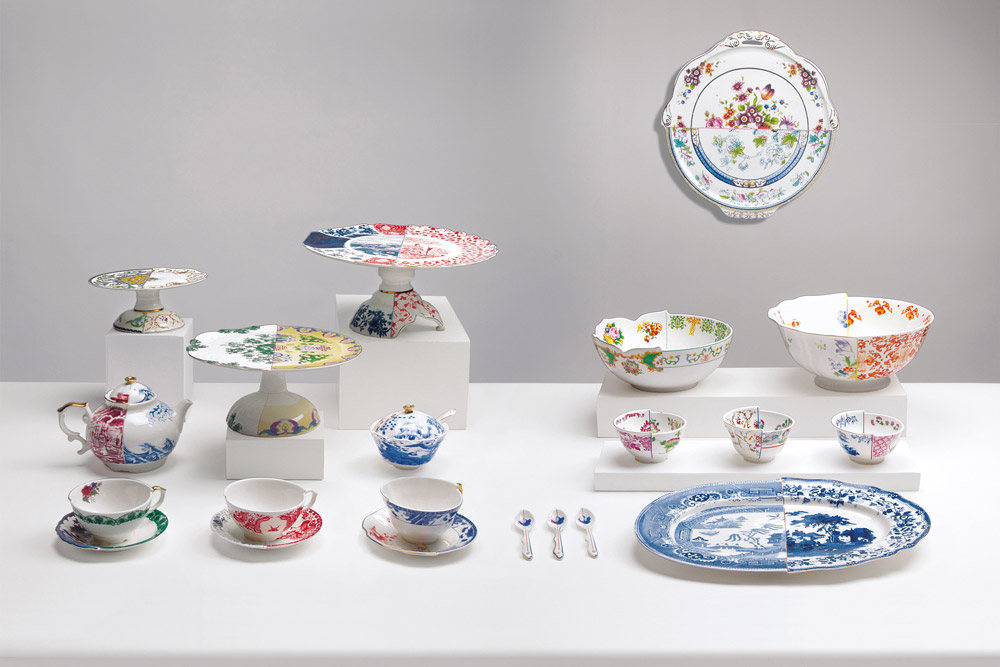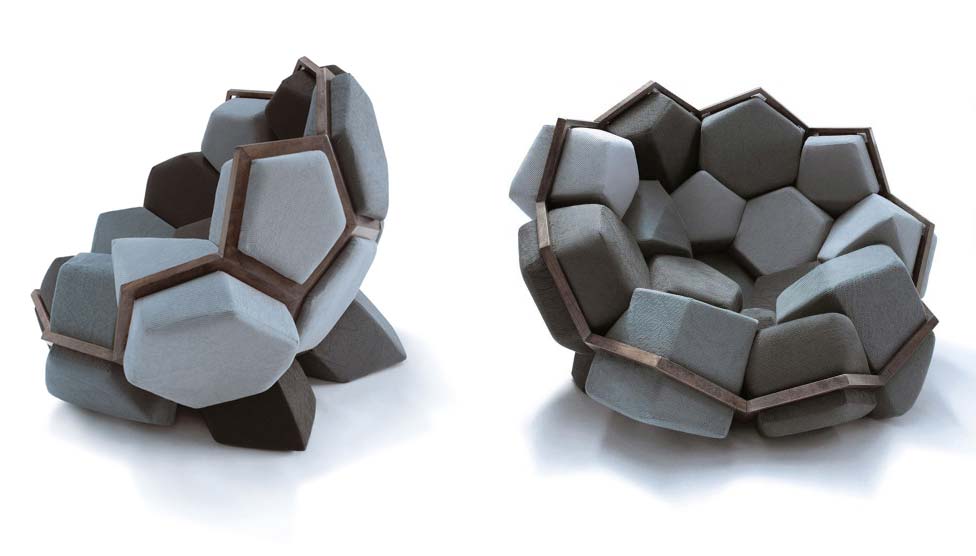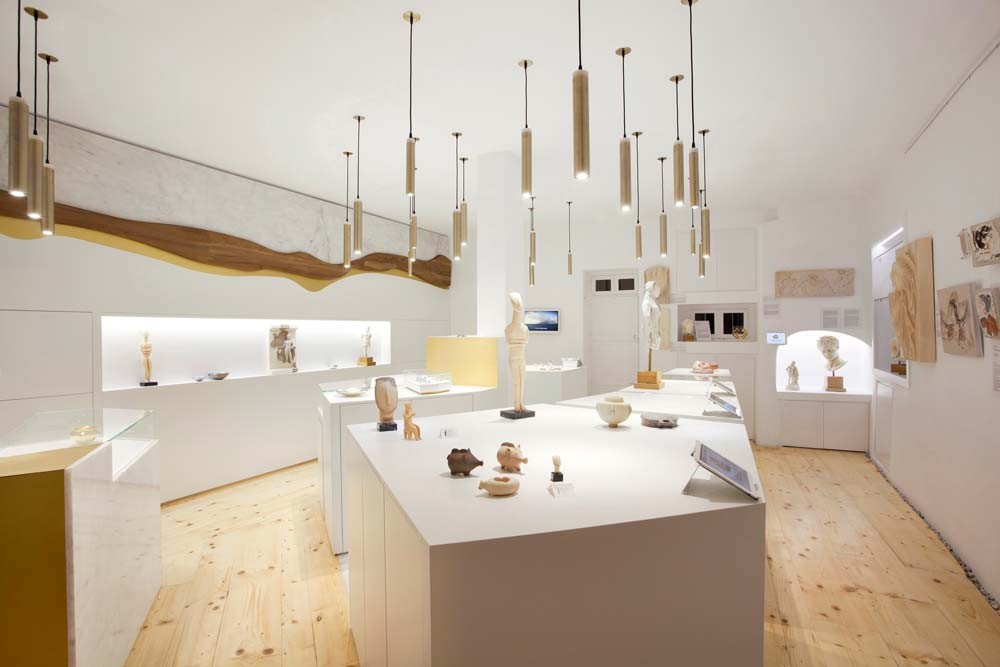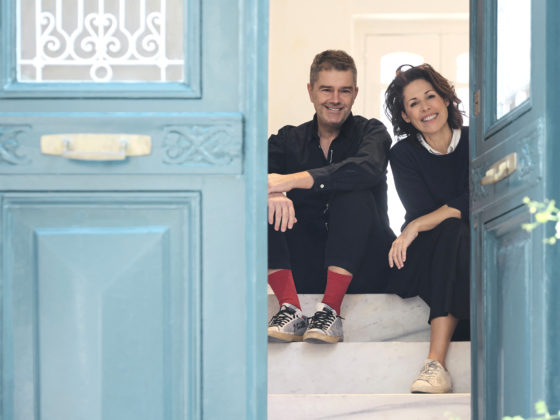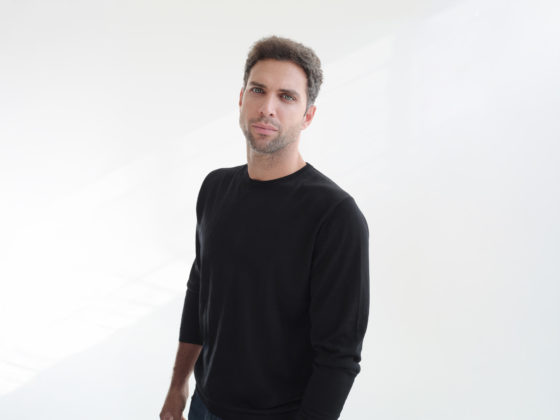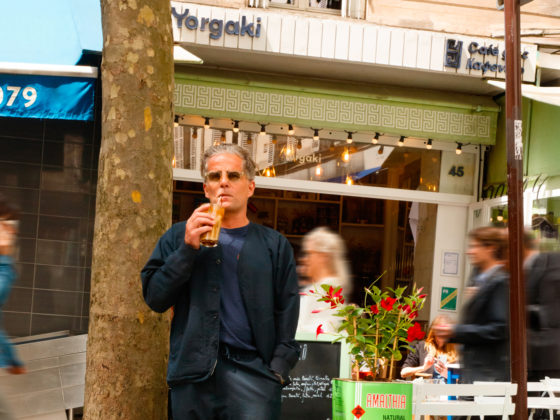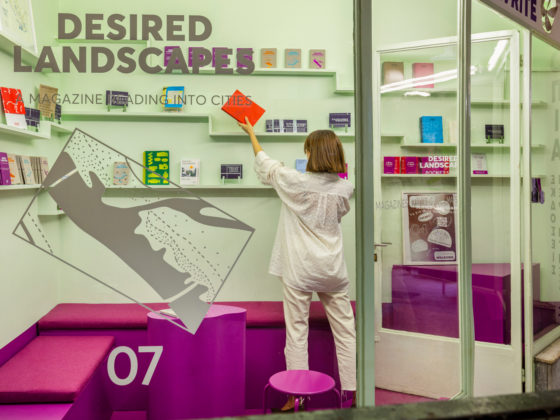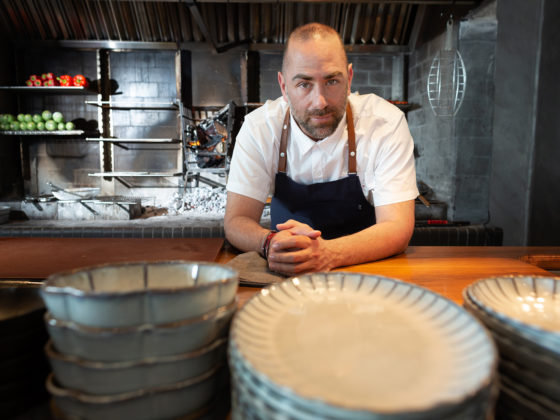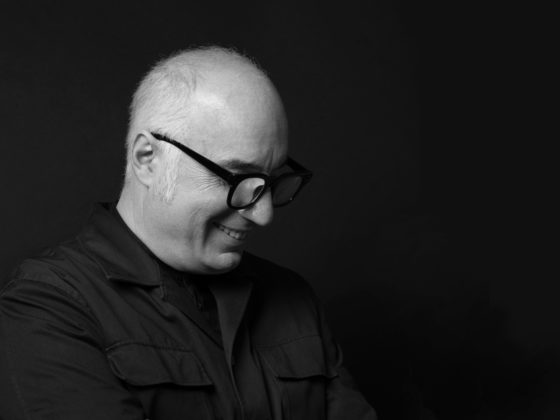An interview with CTRLZAK about culture, tradition, their approach and modern aesthetics.
CTRLZAK is a hybrid studio that integrates different disciplines and cultures. The founders, Katia Meneghini and Thanos Zakopoulos, are both artists and designers in their own right. The Italian-Greek duo’s creations are inspired by their travels and experiences around the world and by their own rich cultural backgrounds. The studio creates artworks, objects and spaces but– above all– situations where people can come together in order to make what really matters: human relations. CTRLZAK’s projects and extensive research into tradition and cultural context create a new hybrid future by learning from the past. Each project is a story waiting to be told, with a multitude of forms and endings. Each one experiments with diverse methods of narration where irony and symbolism go beyond aesthetics and functionality, in order to activate mechanisms of reflection.
Would you agree that your work demonstrates in a way that cultural differences don’t necessarily divide people but, on the contrary, can also bring them together? Very much so! All people are part of the same world and the cultural differences (or better diversities) arise from the varied characteristics that this world presents (climate, geography and so on). In some of our projects we examine those diversities and we continuously discover that what they really are is different expressions of the same concepts. In simple terms, we aim to show that, if one looks closely, (s)he will realize that there are more things that unite us rather than divide us, since we are all part of the same whole.
In the era of globalization, to what extent can culture and tradition still form the basis for developing new, distinct aesthetic principles? Especially in this era of globalization it is always enriching to learn the culture/traditions of another country/area since you see how different people have approached the same subjects in diverse ways. In other cases you learn of something which you had no idea it existed at all… Whether it is something completely new or a new take on a known subject, it is certainly fascinating to discover all the peculiarities and intricacies of diverse cultures and their related history. There is always something to learn out there and it certainly helps you understand the world as a whole from multiple viewpoints. Such research and realization form the instruments of new distinct aesthetic (or rather expressive) principles. We believe that we are living in an era of globalization where expressions of a new hybrid culture are needed and in order to do that we must first look at our roots. Each new generation tends to forget easily the teachings and mistakes of the one before… but alas, one cannot blindly walk to the future while forgetting his past.
Do you find that living in Milan affects your themes and your approach, in terms of everyday life, cultural circumstances etc.? Do you feel that your designs might have been different if you were based in Greece? I wouldn’t say it affects our chosen themes but in many cases it influences our approach. Milan is a small city that concentrates though many interesting elements. By being a commercial/industrial center for North Italy it is a rich city that attracts people from around the world and thus a lot of activity in varied fields from arts & fashion to science & sports. Being though what it is, it certainly lucks experimentation and that is why one needs to broaden his horizons by travelling as much as possible (something of course which is true regardless of which city one inhabits). Having said that I wouldn’t say that our projects/designs would be different if we were based in Greece, maybe – just a bit – the way we present them…
How easy is it to question existing aesthetics and systems and think out of the box when approaching a creative problem? Do you think that the fact that you work as a duo has contributed significantly to that? We do not usually have any particular difficulties when approaching a creative problem, probably because we always start by doing a meticulous research which in most cases gives you the answers by itself. Our main problem is usually the plethora of projects and ideas that stem in each case and to be able to discern which ones are the more valid amongst them. The fact that we work as a duo has always helped us in this matter since we are both very critical with one another.
Your work includes both fine art and design. Do you see them as integrated or rather as different means for expressing your creative needs and communicating with others? Art is our filter. The role of art nowadays is to provide critical thinking and in that sense it is present in all of our works regardless of their nature. We are both trained as artist & designers in different fields and we place our collective knowledge in all the projects that we choose to get involved into. Of course depending on the project there is more emphasis in one or another area as many diverse factors come into play, depending on the particularities of the task at hand.
What would you say are the elements of tradition that are most valuable and interesting when attempting to interpret it in a contemporary way? Which are the elements that you find most interesting in Greek tradition, in that sense? It is hard to say, there are numerous and they undoubtedly vary from case to case. As far as Greek tradition is concerned, from the classic age up to our recent history, the following come to mind: Inventiveness, respect towards nature and the deep-rooted sense of personal freedom.
Why do you think that Greece has yet to develop a distinct contemporary design identity, in the way that Sweden or Japan have for example? There are quite a few reasons… The first is connected to our history. While most of Europe was emancipating after the Middle Ages, Greece was enslaved for 400 years to the Ottoman empire which was not particularly known for its cultural concerns. So having missed our Renaissance we struggled to find our identity through poverty and political instability only to be involved again and again to two World Wars that left us drained and struggling. What followed were difficult years of internal conflicts leading us to a ‘normal’ Greek state only by the end of the ‘70s. Furthermore Greece has relied since then on Tourism and light agricultural as its main national income and does not possess a strongly developed industry. For the past 30 years we have mainly relied on imports and, given a virtual common wealth due to borrowed money that made circles, very few people were concerned in developing new products and ideas. Furthermore throughout this period the various Greek governments have failed to seriously address educational issues and promote creativity throughout diverse sectors. Given the above facts I believe that it is only normal that Greece has yet to develop a distinct contemporary design identity and in general a strong presence in the creative arts.
Which would you say are the factors that make a design timeless, apart from the materials used? I believe the most important element for a timeless design is meaning. The sense that design innately carries with it, in relation to its reason of existence.
Sustainability is a big thing nowadays. However, most products, processes and materials used are still far from being environmental friendly. How do you incorporate sustainability into your design process? How do you define it? The sustainability issue is something that is used nowadays mainly as a marketing label rather than a true value. There are many ways that a design can be sustainable and it depends again on the case. For our part what we try to do with our projects is create awareness (a good example of this is one of our latest project called ‘To Bee or not to Be’). Regardless though of the nature of the project, we try to make people understand the reasons behind it and create an awareness that can bring them to a more sustainable way of life.
Do you believe that there is a designer/artist that has influenced your work significantly? There are many creative people that have influenced our work from diverse disciplines and it would be unfair to name but few. Probably our greatest influence comes from the greatest artist of all, that has inspired and still inspires most of us: nature.
